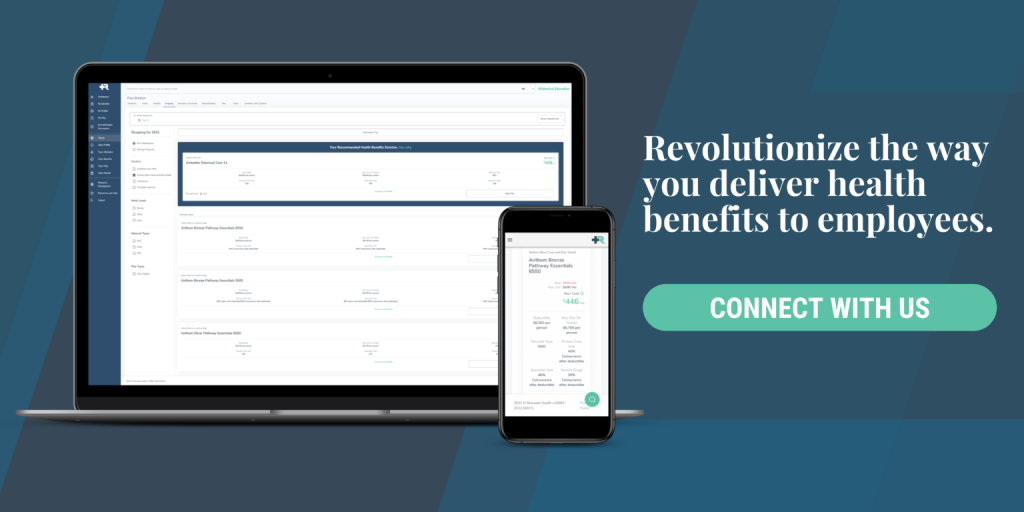As we get older, our healthcare needs become much more important and oftentimes more expensive. Ensuring our health needs are met properly can cause a lot of anxiety. Thankfully, for those who are 65 years and older, Medicare can help lift that burden. Below is a very simplified introduction to the basics of Medicare. We’ll touch on how well it works, as well as the benefits of using the program. Let’s dive in!
1. History and Success of Medicare
50 years ago, it became apparent that healthcare was increasingly difficult to find for those who were retiring. To meet this need, Medicare was created as a federal health insurance program for individuals 65 years and older. Medicare is available for those who qualify — no matter how much money they make, medical history, or how healthy they are.
Medicare grew in the early 1970s to extend to people with long-term disabilities. Today, there are 60 million Americans who are now covered under this program.
Sometimes, fear creeps into the Medicare conversation. Individuals worry about the government being involved, and they are concerned they might lose their doctor or quality of care.
The great news is, according to the data, people who are part of the program are more satisfied with Medicare coverage than any other health insurance in the U.S!
2. Different Parts of Medicare
It is important to note that Medicare itself is not healthcare. Medicare is government health insurance, which pays for healthcare. Meaning, you don’t go to a “Medicare hospital,” visit a “Medicare doctor,” take a “Medicare prescription,” etc.
Medicare is, in essence, a replacement for your previous insurance company. It has its own contracts with providers — very similar to what you likely used before.
There are four basic parts of Medicare:
- Medicare A helps pay for hospitals.
- Medicare B helps pay for medical care.
- Medicare C (Medicare Advantage) is its own plan provided by a private insurance company (such as a PPO or HMO) and has contracted with the government to provide the benefits of A and B with some added benefits.
- Medicare D helps pay for prescription drugs.
An individual must enroll in each of these parts and pay a small monthly premium to access Medicare benefits. Keep in mind, there are enrollment periods for Medicare that remain open only for a certain amount of time.
Once enrolled, a Medigap policy can be purchased, which works in tandem with Medicare coverage. Similar to its name, the Medigap (or Medicare supplement product) helps bridge any out of pocket costs that aren’t covered by standard Medicare.

3. Benefit Opportunity of Medicare
Because Medicare is different from traditional health insurance, people who are eligible might be tentative to switch.
Often, people stick with their employer group plan instead of taking advantage of the Medicare program. However, they are missing out on great savings by doing so!
The average annual max-out-of-pocket for someone using traditional Medicare is around $5,800. This amount alone is significantly lower than the national average of traditional group health insurance plans.
Furthermore, when someone also purchases a Medigap policy, it works alongside Medicare and can help lower that out-of-pocket amount even more.
Generally speaking, Medicare can be a huge win! If you would like more information on this, connect with one of our benefits specialists at [email protected].

